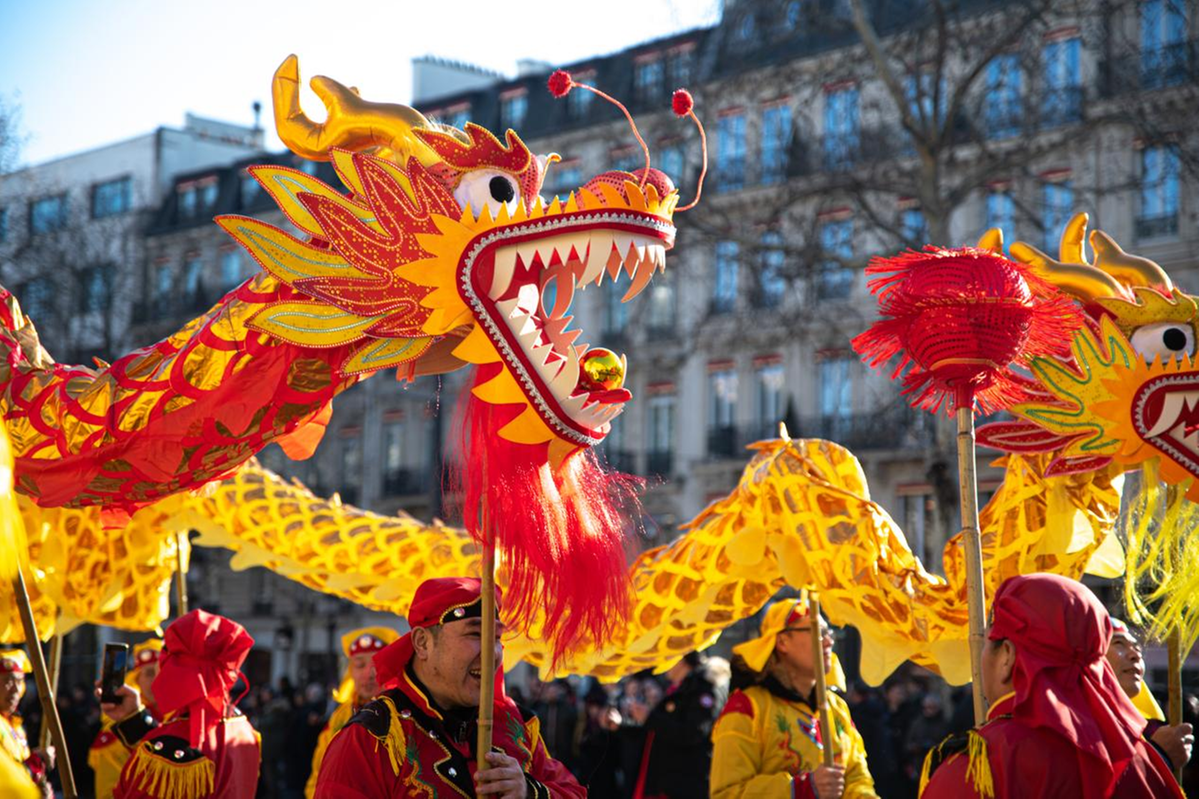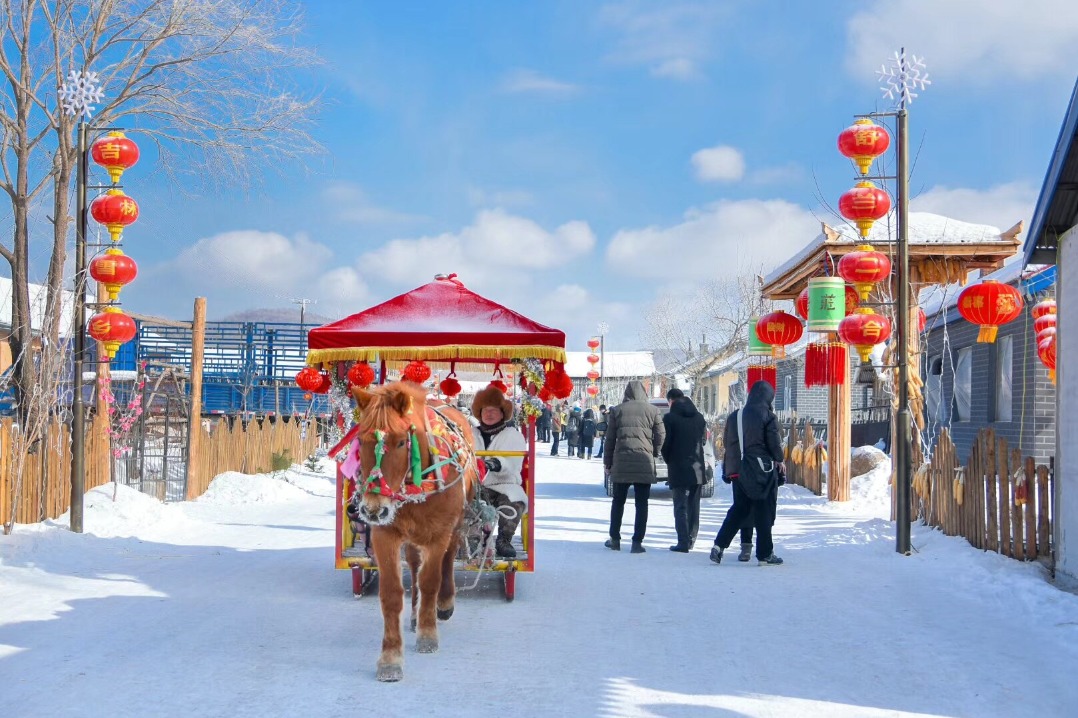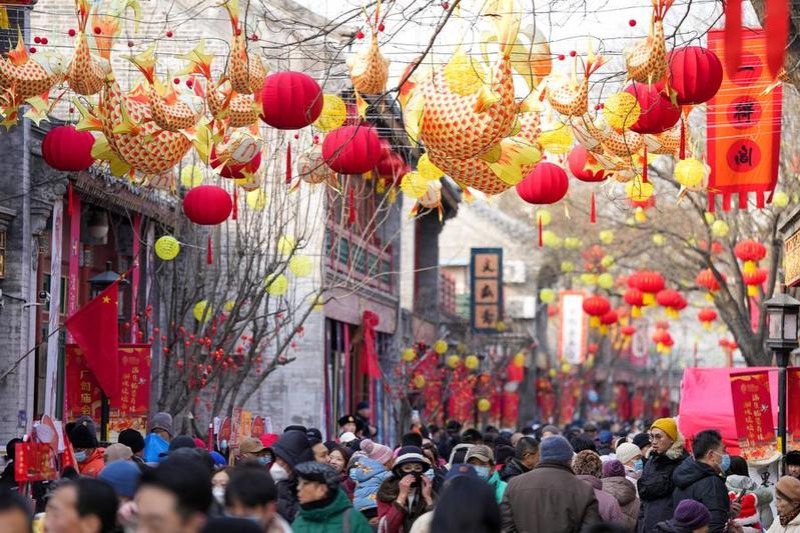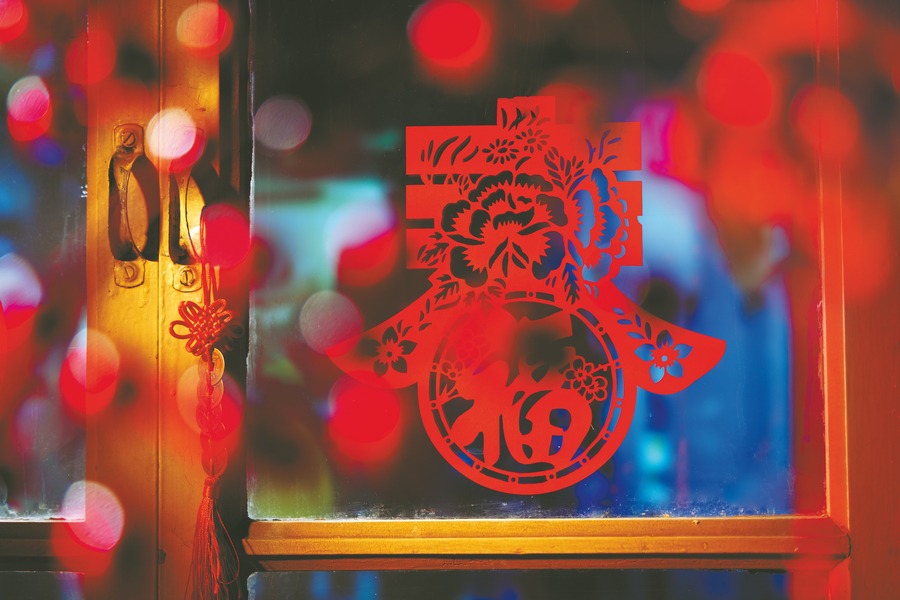UNESCO tag makes Spring Festival all the more special


The inclusion of Chinese New Year on UNESCO's Intangible Cultural Heritage List makes the Year of the Snake particularly special. With nearly 20 countries declaring it as an official holiday, Chinese New Year has become a global festival. Spring Festival is more than just a celebration of Chinese culture, it is a festival that gives China an opportunity to extend its cultural influence globally and engage with the world.
But how do we take something so rich in history, so steeped in Chinese tradition, and make it appealing to people abroad? How can we celebrate the unique beauty of Spring Festival in a way that resonates beyond borders?
The answer lies in leveraging the most transformative tool of our time: digital intelligence.
In the digital age, technology is no longer just a tool for convenience; it is a bridge bringing cultures together. For centuries, traditional Chinese culture has been expressed through the written word, ancient artifacts and customs passed down from one generation to another.
Spring Festival is immortalized in poems, such as Wang Anshi's New Year's Day which describes the vibrant scenes of the festival: firecrackers, peach-wood charms, and the renewal of hope with the new year's rising sun. But while words capture the scenes, it is technology that can bring those words to life.
Imagine using virtual reality to step into the scenes described in the poems composed in the past — enjoying the sight of firecrackers and feeling the warmth of the spring wind. With the power of artificial intelligence, these age-old traditions can be brought to life, not as static relics of the past but as dynamic, immersive experiences that engage the senses. On their part, the digital social platforms can help transcend geographical barriers, allowing Chinese communities around the world to share in the spirit of the festival.
In a way, Chinese New Year has already become a "cyber festival". From colorful lights adorning homes in the north to the unique fishing traditions in Jilin province's Chagan Lake, technology today allows us to share the diversity of these customs beyond local boundaries, enriching global understanding about the festival.
But digital innovation does more than just allowing us to share our cultural experiences. It can transform how we create and consume cultural products. The integration of digital technology into the cultural industry has improved efficiency and opened up new avenues of growth. Take the fire dragon dance of Puzhai in Guangdong province for example. A beloved tradition of Spring Festival, the fire dragon dance is no longer only about the performance, as its online streaming also helps sell cultural products. We not only preserve the art but also use it to boost the cultural economy.
By using immersive multimedia technology, we can also bring traditional Spring Festival customs such as winter fishing in Chagan Lake and vibrant dragon dances to urban squares for locals and tourists alike to enjoy. This merging of technology and culture gives rise to a new culture industry model that boosts tourism and preserves local heritage.
But while promoting innovation, we should also focus on the quality of the products we make. It's not enough to simply digitalize cultural practices; we must add value to them. To spread traditional culture abroad, we need to craft cultural products that resonate with and cater to the diverse needs of the global audience. Think about the way the Spring Festival Gala telecast on Chinese New Year's Eve has evolved over the years. The gala now uses high-tech to capture the imagination of millions of people worldwide. It's a perfect example of how technology can be used to reinvigorate tradition, creating a festive atmosphere that speaks to both the heart and the mind.
While technology can transform the way we engage with culture, it is the passing down of knowledge that ensures its longevity. One of the most pressing challenges in preserving intangible cultural heritage is the gap between generations, especially because traditional skills, like the intricate art of paper-cutting, are at risk of disappearing as senior practitioners age and the younger generation seems indifferent to the art.
A multi-tiered approach is necessary to preserve the heritage. We must identify and support the custodians of these traditions, ensuring we nurture both well-established artists and emerging talents. Vocational and technical programs should have courses on intangible cultural heritage, blending traditional craftsmanship with modern disciplines such as digital technology, ethnology and management. This will create a new generation of "cultural technologists" who can leverage technology to protect and promote China's cultural heritage.
Digital intelligence is a transformative force that can help modernize the cultural industry. Technologies such as big data, AI and blockchain can help protect and disseminate China's cultural heritage on a bigger scale. To spread Chinese culture abroad, we should harness digital intelligence not only to tell compelling stories but also to create interactive, participatory experiences.
Along with digital advancement, legal protection is also needed to prevent cultural exploitation. Since some traditional Chinese knowledge, art and medicines have been appropriated by other countries, China must continue to strengthen its intellectual property rights protection regime.
In fact, China has already signed some international treaties and strengthened domestic legislation to safeguard its cultural assets. The Intangible Cultural Heritage Law of the People's Republic of China and the regulations on the protection of copyrights of folk literature and artistic works will provide the legal framework needed to protect and promote China's cultural heritage.
Spring Festival, as a living, breathing embodiment of Chinese culture, is perfectly positioned to be at the forefront of this digital revolution. The future of traditional Chinese culture lies not only in its preservation but also in its creative transformation and global dissemination.
Zhang Dong is a professor at the College of Marine Culture and Law, Jimei University. Yang Yuehan is a graduate student of the same college. The views don't necessarily reflect those of China Daily.
If you have a specific expertise, or would like to share your thought about our stories, then send us your writings at opinion@chinadaily.com.cn, and comment@chinadaily.com.cn.
































